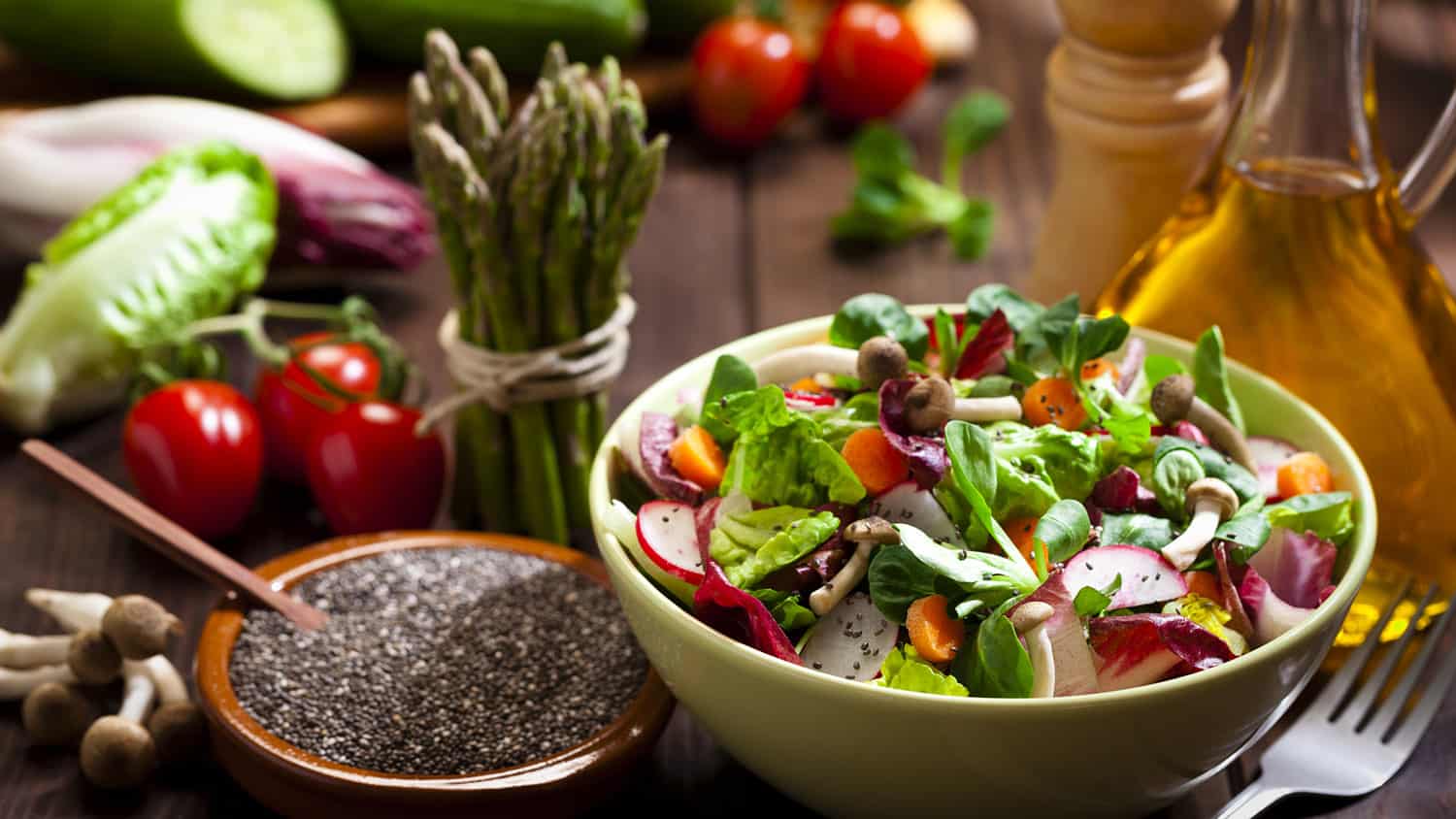
The Best Diet Advice You’ll Ever Receive After 60
If you’re like most Americans, you probably made a New Year’s resolution to eat healthier or make some grand change to your diet.
Making resolutions is easy, but accomplishing them can be really difficult. Often times it’s because resolutions require sweeping changes to our daily routines, and that’s not always an easy task to commit to.
However, there is a way that you can make a diet change that you can stick to. All you have to do is follow this simple rule: Eat food. Not too much. Mostly plants. Here’s how you can apply this to your new lifestyle.
Eat Food
The first one is simple – eat! Don’t just eat anything, but real food. Food, in itself, isn’t the problem. However, the type of food that we eat often is.
I tell my patients to only eat foods that their great grandparents would recognize. Which means no processed foods like margarine or sugary cereal bars. Oh, and no soda or the flavor enhancer, Monosodium Glutamate (MSG).
Cutting these types of foods out of your diet won’t be easy, but try to ease them out, little-by-little. Good substitutes for sugary snacks are fruit or snacks made from whole grains and other whole food ingredients.
Not Too Much
Nowadays, food portions are massive. At many restaurants there are entrees that can easily feed two people. This can lead to overeating and eventually, an expanded waistline. As a rule of thumb, try to eat until you’re about 80% full – there is no need to reach the full capacity of your stomach.
Mostly Plants
A diet that is rich in plants is the best kind of diet! Eat plants as much as you can – that includes beans and greens, nuts and seeds, fruits, vegetables and lots of whole, unprocessed grains. Plants are naturally filled with many of the important nutrients your body needs to perform at its best.
Plus, the healing properties of plants are second to none. In addition, plants deliver fewer calories per volume, and help you feel fuller longer due to their high fiber content.
This means you’ll naturally eat less overall. Some examples of plants that are very high in fiber include split peas, black beans, lentils, peas and broccoli.
Notice that this diet rule doesn’t focus on just counting calories or even measuring weight loss. Because very simply, a change in your weight and your overall sense of wellbeing will happen on its own when you make these changes.
The beauty of this very simple rule is that it allows for great flexibility, recognizes the diversity of various global cuisines, and preserves the ability to eat delicious food, but in moderation.
And, unlike all the advertised diets, living by this approach doesn’t require any deprivation or denial. Which means, of course, that there’s a greater chance that you can actually stick to your new lifestyle change.
Do you think you could live by this rule? What healthy foods are you adding to your diet to get enough fiber and nutrition. Do you eat a lot of high fiber vegetables? Have you eliminated sugar and MSG from your diet? Please share your journey to healthy eating in the comments below.






